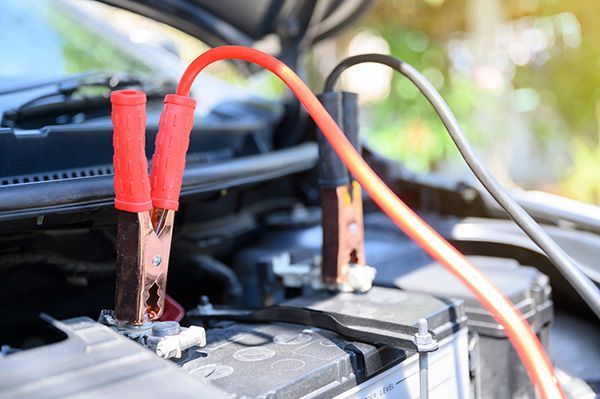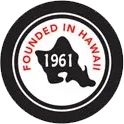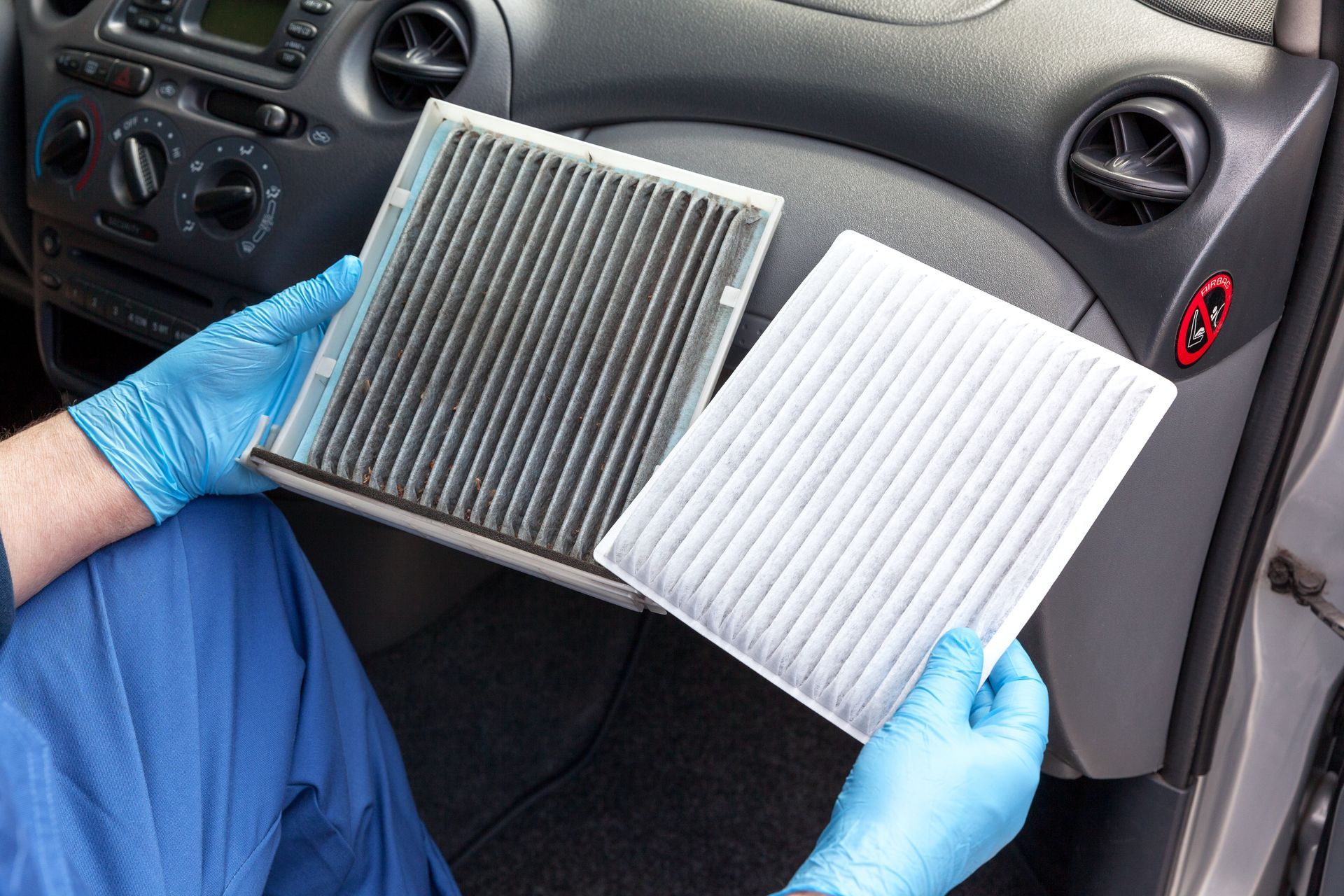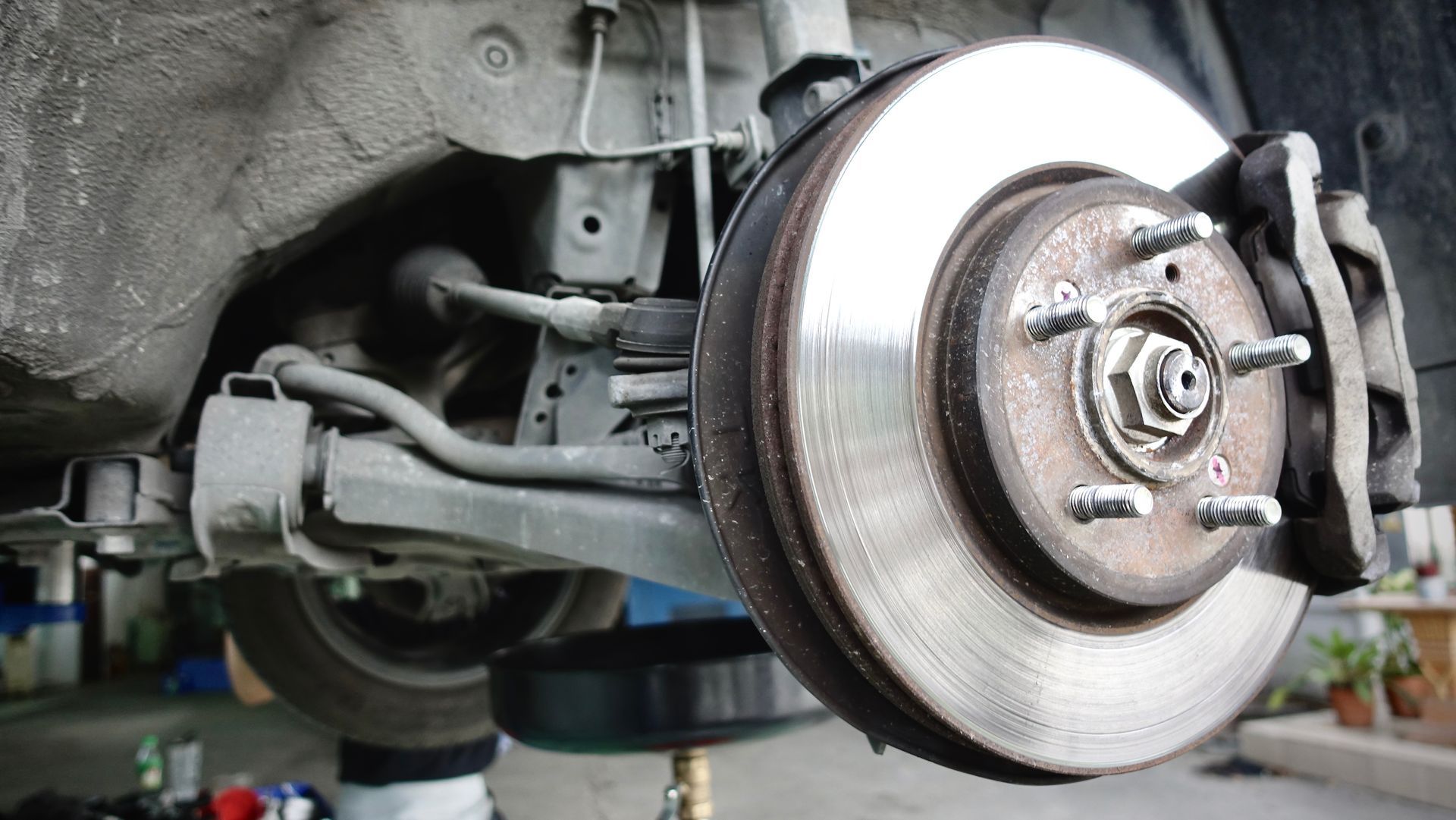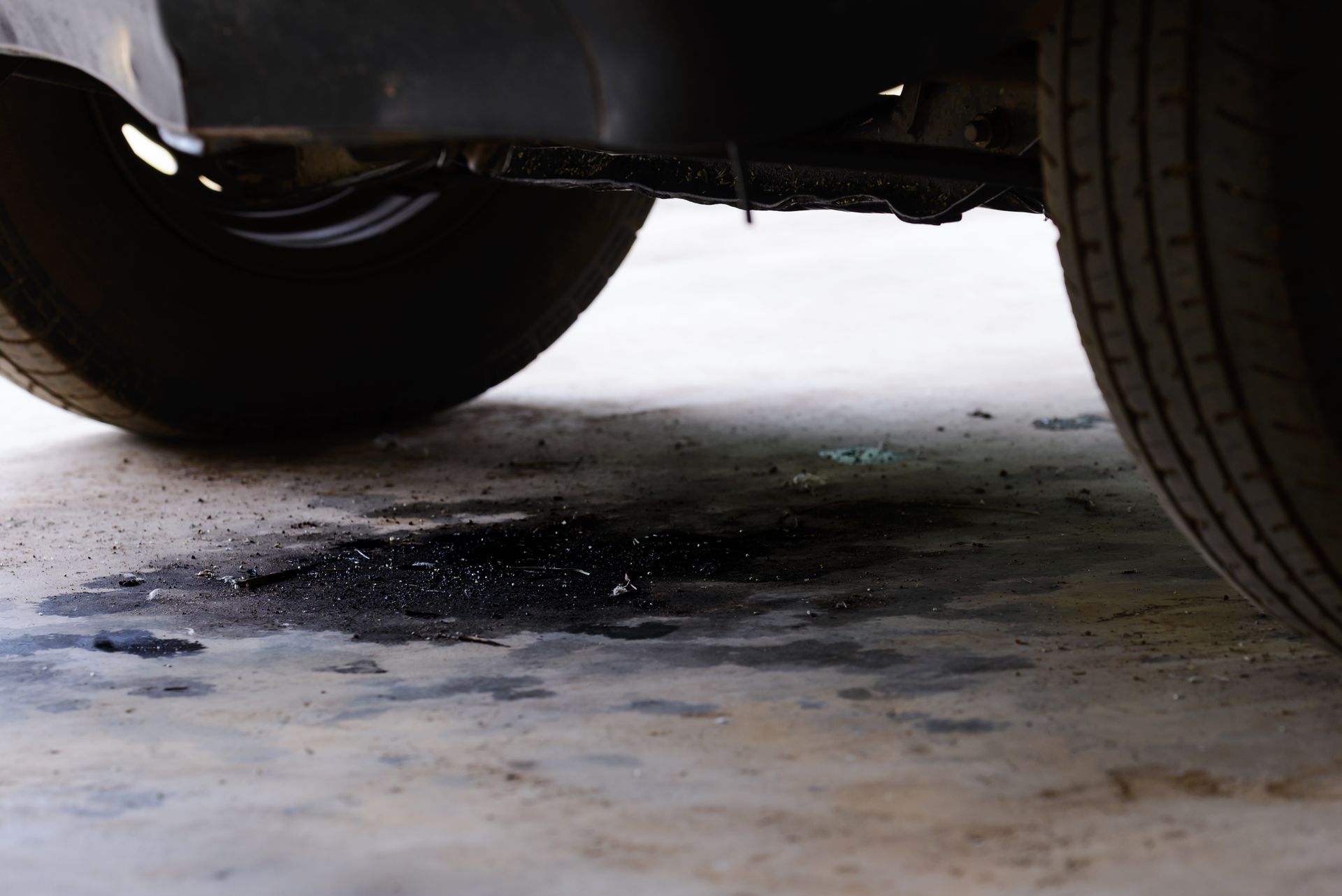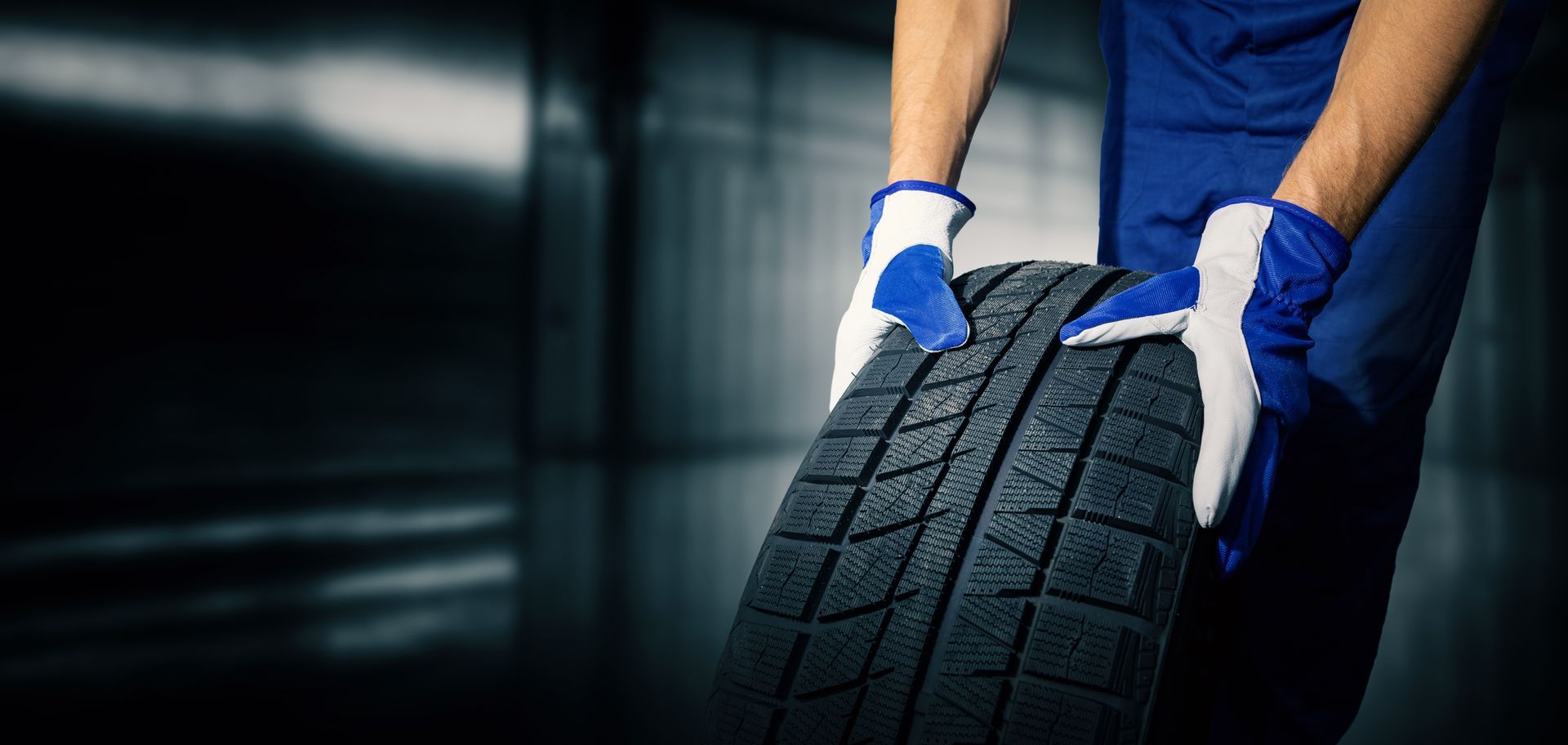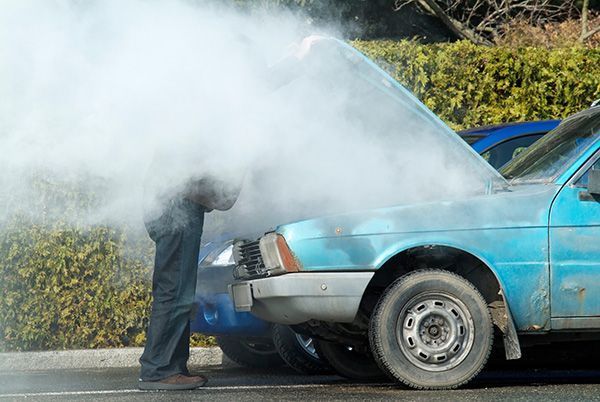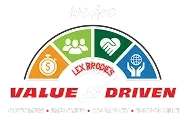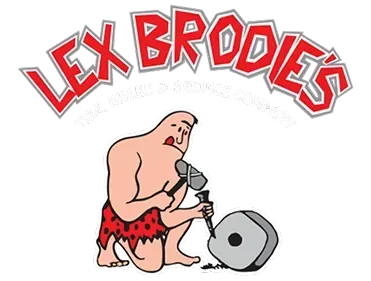How to Identify a Bad Wheel Bearing Before It Seizes Up
October 31, 2025
Your vehicle’s wheel bearings help your wheels rotate smoothly with minimal friction. Housed inside the hub assembly, these bearings support the entire weight of your vehicle while allowing the wheels to spin freely. When one begins to fail, it can lead to strange noises, reduced handling, and even safety issues if ignored too long. A seized bearing is a serious risk that can leave you stranded or cause damage to surrounding parts.
Knowing how to spot the early signs of a bad wheel bearing can help you avoid more costly repairs and stay safe on the road.
How a Wheel Bearing Works
Each wheel on your car spins on a hub, and inside that hub is a tightly packed set of ball bearings or tapered rollers. These components allow the wheel to rotate smoothly around the axle while supporting the weight of the vehicle. The bearing is sealed to keep out dirt and moisture, but over time, those seals can wear out. When this happens, contaminants get inside, causing the bearing to wear down or overheat.
Most vehicles today use sealed bearing assemblies that aren’t serviceable, meaning the entire unit must be replaced once it fails.
Common Early Signs of a Failing Bearing
Wheel bearings usually fail gradually, which gives you some time to catch the issue early if you know what to look for. Here are the most common symptoms:
1. Humming or Growling Noises
One of the first signs is a low growling or humming noise that increases with speed. It might sound like a tire issue at first, but if the sound gets louder as you turn or shifts from side to side when cornering, it’s more likely the bearing.
2. Vibration Through the Steering Wheel
A worn-out bearing can cause small amounts of play in the wheel hub, leading to vibrations. These vibrations may be subtle at first, but they usually become more noticeable as the problem gets worse.
3. Uneven or Rapid Tire Wear
While several things can cause uneven tire wear, a failing wheel bearing is one of them. If the bearing is loose or damaged, it can cause the wheel to wobble slightly, leading to uneven tread wear over time.
4. Clicking or Snapping Sounds When Turning
If the bearing is severely worn, you may hear clicking, snapping, or even popping noises when you turn sharply. These sounds indicate more serious internal damage and mean the bearing may be close to failing completely.
5. ABS or Traction Control Warning Light
On many vehicles, the wheel speed sensor is integrated into the hub assembly. When a bearing starts to fail, the sensor may lose accurate readings, which can trigger the ABS or traction control warning light. While it might not always mean the bearing is the cause, it’s something worth checking.
Why You Shouldn’t Wait
A faulty wheel bearing is not only noisy, but it can also significantly impact the safety and drivability of your vehicle. As it continues to degrade, it can lead to:
- Increased friction and heat, which can damage the axle or hub
- Sudden lock-up of the wheel in extreme cases
- Excessive wear on other suspension or braking components
If the bearing seizes while driving, it could cause the wheel to stop turning altogether, creating a hazardous situation, especially at high speeds.
How to Confirm the Problem
If you suspect a bad bearing, our technicians can inspect the hub by lifting the vehicle and manually rotating or wiggling the wheel. A worn bearing often creates a grinding feeling when the wheel is spun by hand, or it may have noticeable play when pushed side to side.
We also use diagnostic equipment to detect noise and vibration at each wheel while the car is on a lift. This helps confirm the location of the failing bearing.
Can You Keep Driving With a Bad Wheel Bearing
Technically, you can, but you really shouldn’t. The longer you wait, the more damage it can cause. What might have been a straightforward repair could turn into a multi-part job involving axles, rotors, or even the steering knuckle if the bearing completely seizes or breaks apart.
Driving on a worn bearing also puts added stress on your tires and suspension system. If caught early, you can often replace just the affected hub without additional parts or labor.
Stay Safe With Wheel Bearing Inspections at LexBrodies in Hawaii
If you’ve noticed strange sounds, vibration, or warning lights while driving, don’t ignore the signs. At LexBrodies in Hawaii, our technicians will inspect your wheel bearings and suspension components, diagnose the issue accurately, and make repairs before things get worse. A quick check today could prevent a breakdown tomorrow.
Schedule your service now in one of our four locations across the island and keep your ride safe and smooth for every mile ahead.
- 701 Queen Street Honolulu, HI
- 98-115 Kamehameha Highway Aiea, HI
- 94-169 Farrington Highway Waipahu, HI
- 46-158 Malina Place Kaneohe, HI

